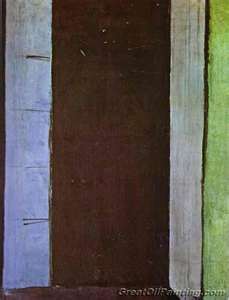
In “Otherwise Unnoticed Insights: An Interview with Hayan Charara,” prompted in part by interviewer Zach Savich’s observation that “[i]n your poems, you sometimes guide the reader by using types of misdirection,” poet Charara states,
I like the way you put it—“misdirection.” I’d qualify it by adding that I don’t deliberately guide readers in the wrong direction, just to other ways of seeing. And most of the time, this is because either I can’t quite put my finger on an experience, or else, if I reach something like certainty, it barely lasts long enough for it to sustain me. I’m much more certain about realizing many possible pathways for thinking, feeling, or knowing an experience. If my speaker says, “This is not about pity” [a reference to his poem, “Washing My Father,” quoted earlier by Savich], it may actually be about pity—I’ve looked down that path, saw what I could see, and—for good or bad reasons—decided to keep looking. And I’ll go further: if a poem of mine serves as a guide and actually gets you somewhere, the very next thing you should do is keep looking. I have—I can tell you that.
And then the conversation turns to the turn. Charara states,
Earlier, you’d asked about poetic techniques. The “poetic turn” is another way to talk about misdirection. Some part of the poem (the “preface” if you will, the opening) builds expectation, then it turns against that expectation—or, the same part of the poem provides a description, then the poem “turns” and reflects on the description. Michael Theune’s book Structure & Surprise collects essays by poets—for students of poetry—explaining a variety of “structures” that rely on poetic turns (be they ironic, descriptive-meditative, retrospective-prospective, concessional, and so on). The poems you mention here, I wrote before reading the essays in Structure & Surprise, but these sorts of structures, we find them in poems old as well as new. And no doubt, I inherited the practices (knowingly or not) from the poets I’ve read.
Turns–absolutely!–are everywhere, and there are, so far as I know, few (if any) interesting poets who have not at least intuited the turn’s power and worked to deploy it in their work. Wherever they come from for him, I love (and, frankly, am honored) that Charara connects his poem’s thrilling shifts and twists to the thinking about the turn in Structure & Surprise. Charara himself, indeed, is a master of the turn. If you don’t know Charara’s work, here are a few links to some masterful lists-with-twists to get you started:
Do check them out!


